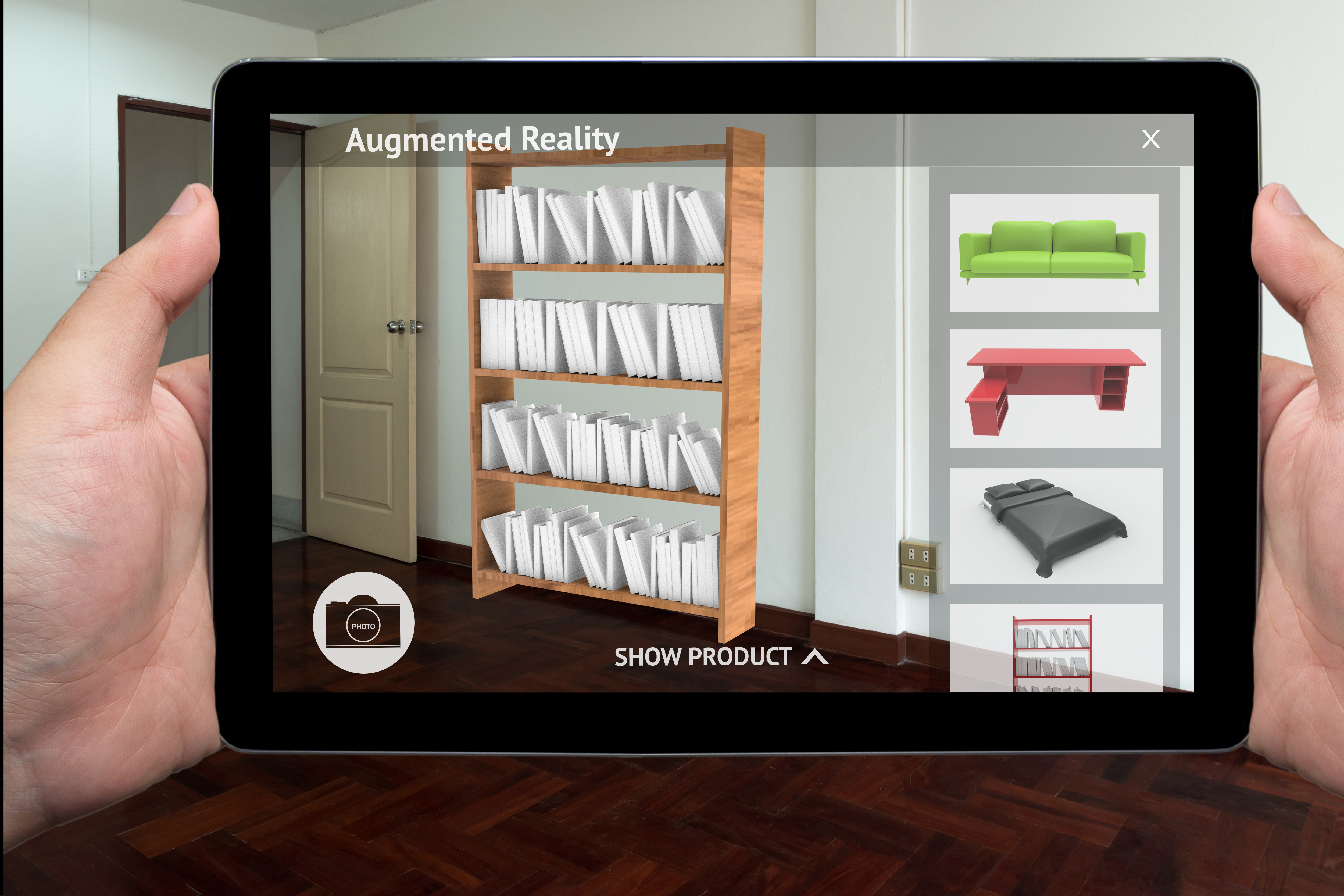The statistics from The RAIN Group below highlight how much of a buyer’s process is completed before they talk to a sales person.
- 57% of the purchase decision is made before a customer calls a supplier
- 67% of the buying journey is now done digitally
Many marketers are digging deeply into intent data as one method of better understanding potential buyers, while others are implementing easy to use enablement tools.
Take a look, for example, at what IKEA has done. They released their own augmented-reality (AR) application that enables buyers to visualize how items will look in their homes before they enter a store.
Looks pretty good, doesn’t it?
I no longer have to struggle with my tape measure or guess if it will look good - I know before I even go into the store. This type of buyer-enablement allows potential customers to be better educated before they walk into your stores and talk with your sales associates.
I recently attended a webinar hosted by the VR/AR Association where they were discussing the power of XR (Virtual Reality/Augmented Reality) in retail. Although the statistics below are for furniture retailers, it is fair to assume that any retailer selling physical goods should reap similar benefits.
- VR-influenced furniture sales are 44% larger than non-VR sales
- Returns in stores with VR decreased by 25%
These impressive statistics clearly show how the technologies can help retailers make, and retain, revenue.
But does this apply to other verticals?
The short answer, of course, is yes. Anytime you are selling physical goods you can find a use for these solutions.
Take this simple sales scenarios as another example:
A medical device salesperson walks into a doctor's office looking to sell them a new device. AR/VR allows the salesperson to demonstrate the device to the doctor without having to actually have the device with them. This is especially beneficial for larger devices as it saves the salesperson the time and effort of lugging in the device and setting it up, while also avoiding transportation costs.
In addition, the salesperson can familiarize themselves with the device before they even walk into the office. This, combined with traditional sales training methods, will enable that salesperson to be better prepared to make the sale.
Yes, XR is a relatively new technology that many of your competitors are probably not using yet. With that said, it is only a matter of time before XR becomes mainstream. Beginning to think about how to implement this technology now will ensure that your company is armed with the latest tools needed to sell when the time comes.
Even if your company's solution has nothing to do with physical goods or XR, you will need to find a way to enable the modern buyer to self-evaluate your solutions before they come to you. If you don’t, they will likely go to whichever of your competitors does this best.
Bigtincan® 3D™ allows companies to create immersive experiences utilizing AR and VR technology. Learn more here!


